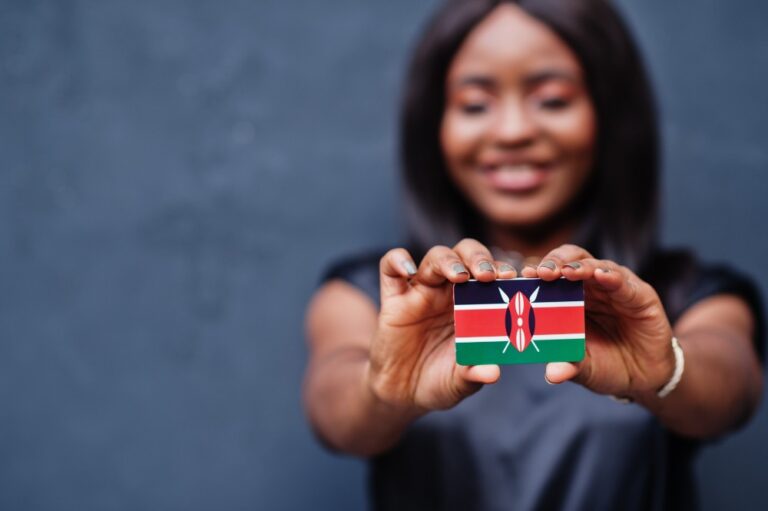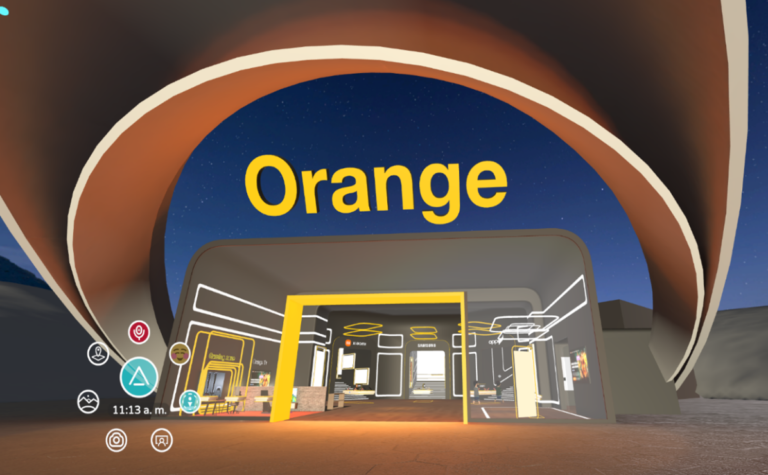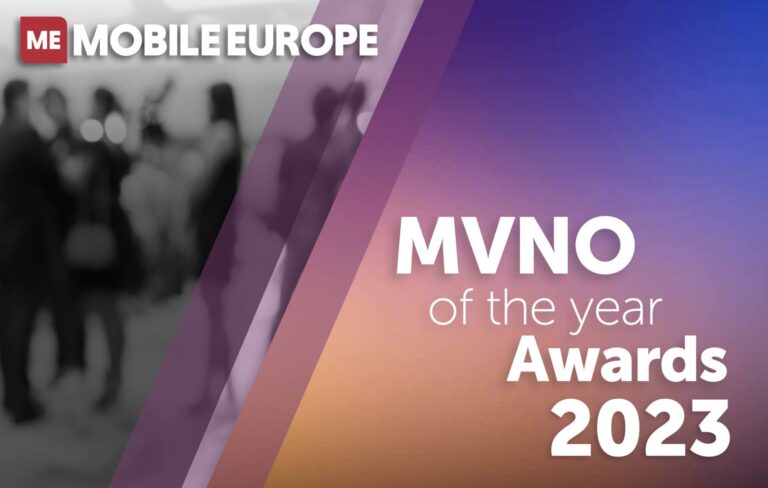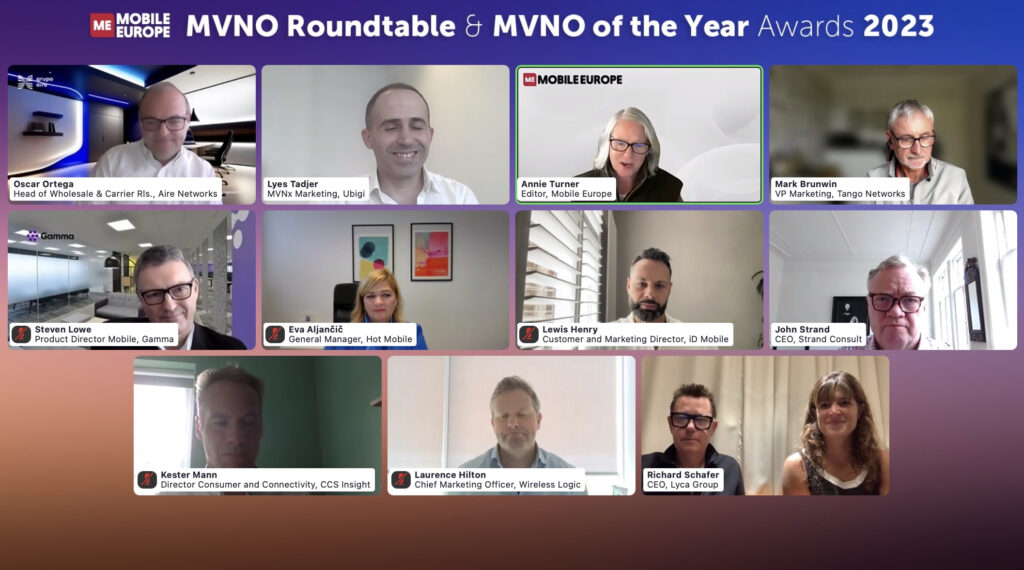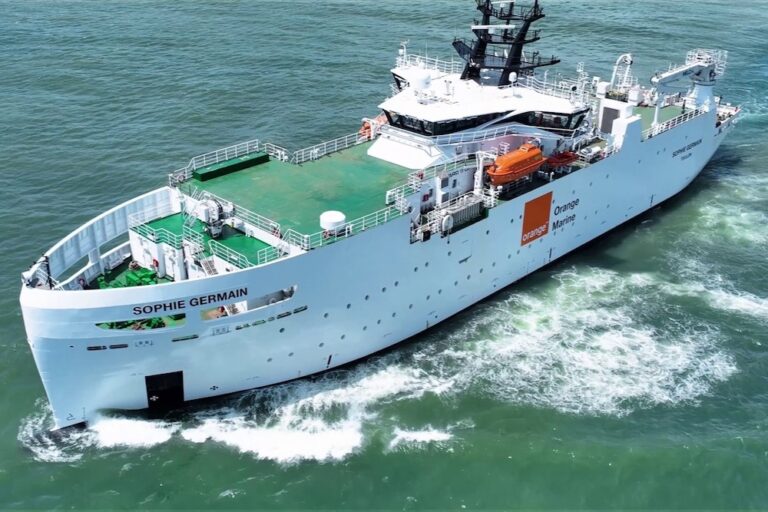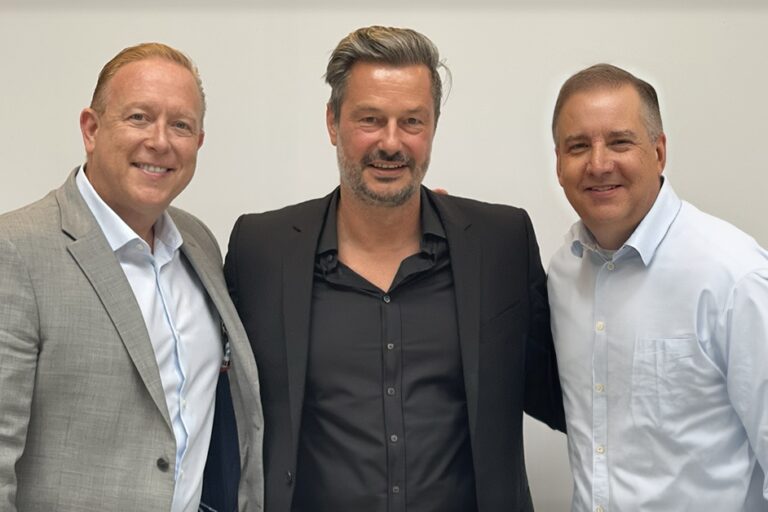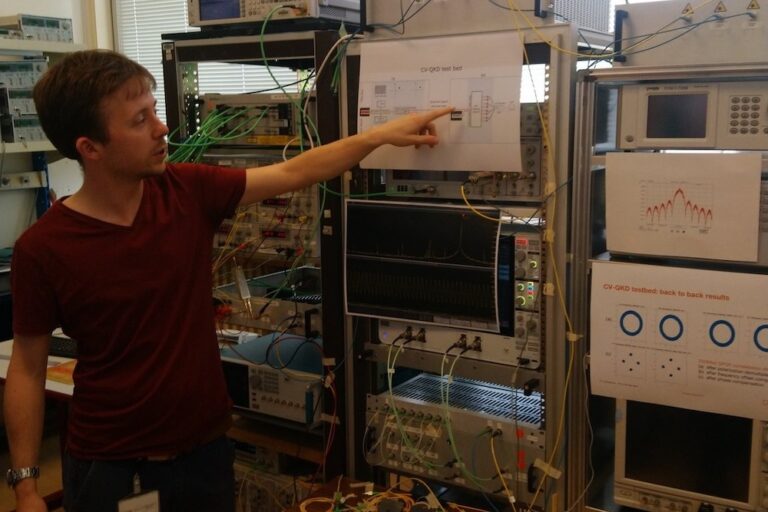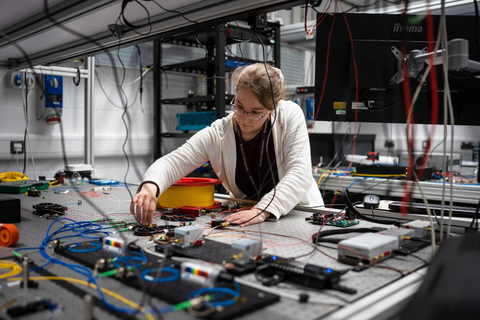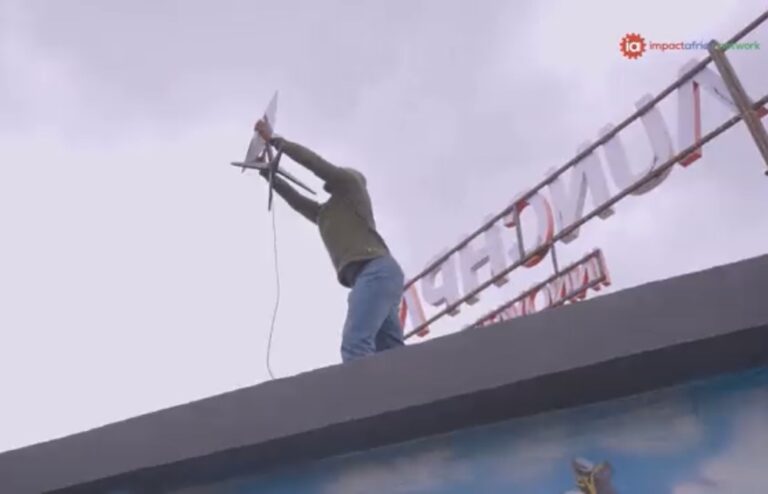Cable operators are using technology and cooperation to keep traffic running but international law isn’t catching up with the industry’s needs
Geopolitical realities will always threaten the world’s undersea cable network which, according to TeleGeography, now features 552 active and planned submarine cables, measuring a total length of 1.4m km and carries 99% of intercontinental telephone communications and data.
Earlier this month, Orange’s venerable Léon Thévenin managed to swiftly repair three damaged cables: SAT-3, West Africa Cable System, and Africa Coast to Europe cable. These cables had experienced breaks attributed to a suspected undersea landslide in the Congo Canyon off the West coast of Africa on August 6. Notably, the Equiano cable owned by Google and the 2Africa cable backed by Meta remained unaffected, highlighting the increasing resilience of the global undersea network.
Ciena senior director of solutions marketing Brian Lavallée told Mobile Europe the fact that we’re only talking about a few prominent cable cuts each year, despite there more than 100 faults means cable operators are doing “a good job” of rerouting traffic, because you’re not even experiencing the outages in most parts of the world. Despite high profile breaks like the Congo Canyon and Tonga in the Pacific being caused by nature, the vast majority are caused by people, mainly anchors and fishing.
The resilience is coming through a combination of historic cooperation, bigger cables on more diverse routes and innovative shifts in technology that are enabling operators to build mesh networks and introduce sophisticated automation to cope traffic growth of around 35%, mainly due to data centre interconnection (DCI).
The traditional approach to cable repairs has led to the world’s oceans being broken into zones where cable operators collectively sign a contract with a specialist for long-term repair services. For example, the Southeast Asia and Indian Ocean Cable Maintenance Agreement (SEAIOCMA) contract, which expires at the end of 2025, is a cooperative association operated by 45 cable owners which have contracted UK-based Global Marine Systems to respond to repair requests. ACMA is a similar operation in the Atlantic. “You also have several private agreements as well,” said Lavallée.
“Some of these consortiums are pretty big, but the consortium will act as a consolidated identity,” he said. “Some of the newer cables going in and a lot of the newer very high-capacity cables have very few owners on them. It could be Google and a couple of other companies on there, so the agreements are probably a little bit different.”
Lavallée said operators sometimes also rely on capacity swaps which are usually no cost, but typically only involve a subset of traffic – not the entire broken cable. “Performance will go down. The users will see it,” he said.
The larger cable operators like Google do have the capability to shift an entire capacity of one cable onto another cable or group of cables. However, smaller operators such as those managing connectivity to islands via cable branches may end up needing to rely of satellite back-up which has its own drawbacks in terms of capacity and impact by things like volcanic ash plumes.
The rising importance of intelligent automation
Increasingly, cable operators are getting more tools from the vendors that allow them to reroute traffic automatically. For example, Ciena’s GeoMesh Extreme allows operators to build an a mesh network comprising submarine and terrestrial routes. “It’s machine-driven based on automatic protection switching,” he said. “The ability to switch traffic is very, very fast.”
One area where service delivery automation is already having an impact is in an automated Submarine Line Terminal Equipment (SLTE) turn-up service. You get a quick payback when deployment times move from days, or much longer, to hours. Automated SLTE capacity turn-up provides higher spectral efficiency and based on optimal modulation schemes by utilising real-time analysis of the line-system (wet plant) performance.
“Line system optimisation will continue to improve as more relevant data is made readily available from the coherent modems and wet plant as product innovation brings further advances in telemetry, streaming data and embedded instrumentation,” said Lavallée.
“Nowadays, the networks themselves, especially the coherent modems are highly instrumented supporting open APIs where you can read the health of the network and implement software control to get that closed loop automation.”
Cables become more complex – the latest are using space division multiplexing (SDM) and the industry has moved from 4-6 fibre pairs a decade ago to 16-24 – and may span 30-40,000km landing in 15 countries with 50-70 digital line segments in the network. On the coherent side you have hundreds of modulation schemes available.
“So when you take all the combinations and permutations of that, doing that manually, could take months to years,” he said. “Out of necessity, you have to start looking at analytics-driven automation tools and that’s why they’ve been developed.”
SDM, Lavallée said, has added an incredible amount of capacity on cables which has meant that factors limiting overall cable capacity can be found on the terrestrial backhaul networks. “[From a wet plant perspective] there’s only so much electricity you can push into the wet plant to power the undersea amplifiers before you start melting things so electricity will also limit the amount of SDM cable capacity,” he said.
C+L Band has currently taken a back seat
Lavallée added that the success of SDM has pushed things like utilising the L Band, in addition to the C Band, to double the capacity on a cable, into the backseat. Currently, Pacific Light Cable Network (PLCN) which will connect Hong Kong, Taiwan, the Philippines and the US is the only cable in the water that uses C+L Band.
Cable operators will therefore face a longer-term quandary about C+L Band. “Once you have a C Band in the water you can’t leverage L Band because the undersea amplifiers [were not designed to] amplify the L band,” he said. “Your capacity is fixed to C Band. You would have to put in brand new C+L Band cables with as many SDM fibre pairs as you can cram in there.”
He added: “Then you would have to use some of the more elegant coherent modulation schemes to get that bit per hertz to [the right] level. I think it is doable in the future. The question is, when will we need that much capacity in a cable given how many already are being put into service today?”
Spectrum sharing picking up but early days
Lavallée said spectrum sharing – partitioning optical spectrum for different end-users so each has its own virtual fibre pair – will become more important for operators seeking back-up capacity without needing, or being able to buy, actual fibre pairs everywhere.
But it raises new issues. “Everybody gets their share, but how do you make sure one person in their allocated spectrum doesn’t start provisioning wavelengths and somebody else’s spectrum?” he said. “Conceptually, it’s very easy to carve up the spectrum but there’s a lot of capabilities that must be supported; it is a hot topic for us with our customers.”
He added that initially, operators would choose a vendor’s Spectrum Sharing Manager and connect it to one or more vendor’s SLTEs. “Should there be standards with Spectrum Sharing Manager and equipment capabilities?” he said. “Perhaps, but it’s not part of any standards body today. For now, there are working groups within the SubOptic Foundation, to develop spectrum sharing guidelines.”
Data centre to data centre eclipses everything
It used to be with voice cables that the only way to grow traffic was to add more humans but machine-to-machine traffic, led by the likes of cloud services, social media and AI/ML traffic, is turbocharging data centre to data centre traffic, which inevitably finds its way onto undersea cables.
Lavallée said close to 90% of transatlantic traffic is now DCI and this has big implications for continents like Africa where, although modern cables like Equiano and 2Africa are busy connecting countries, the continent still has issues around power in the south and instability in other markets. This means much of the content people are accessing is still coming from Middle Eastern and European DCs.
“People think, if I put a lot more data centres, let’s say in Africa, my international capacity will go down. This is a misperception,” he said. It will go from user to content, but content to content will go up because now data centres are caching content across oceans. So even though the user the content experience will be much quicker the actual amount of traffic being served between data centres will go up and by a lot. We’re talking orders of magnitude.”
Reality check in the deep blue sea
Lavallée conceded that despite all the progress, outside most countries’ exclusive economic zones – where there is a myriad of domestic laws from liberal to impenetrable around undersea cables – the only legislation protecting cables in international waters is the UN Convention on the Law of the Sea (UNCLOS), the international agreement often described as the “constitution of the oceans.”
According to a paper by the Jamestown Foundation, the UNCLOS framework fails to address several critical issues. For example, deliberate attacks on cables lying outside territorial seas are unlikely to be crimes under international law. In addition, coastal states have no legal obligation to adopt laws protecting submarine cables in their territorial seas.
“If UNCLOS does not update its cable governance regulations to ensure adequate national security protections, states will take their own steps to do so, and the trend of a fragmented undersea cable landscape is likely to persist,” the authors wrote.
“If a cable goes to Bangladesh and it’s cut outside of the territorial waters, how do you pursue somebody legally?” queried Lavallée. “It’s a hot topic of conversation at every submarine event I’ve been to, and everybody complains, but it’s just the way the laws are.”
“It’s very, very tough to prosecute somebody successfully outside of your jurisdictional waters,” he added.
Pictured (above): Orange’s newest cable ship The Sophie Germain launched this month. At the end of 2022, Orange Marine’s ships had installed more than 257,000km of fibre-optic submarine cables, and had carried out more than 800 repairs, some at depths of over 6,000m.


